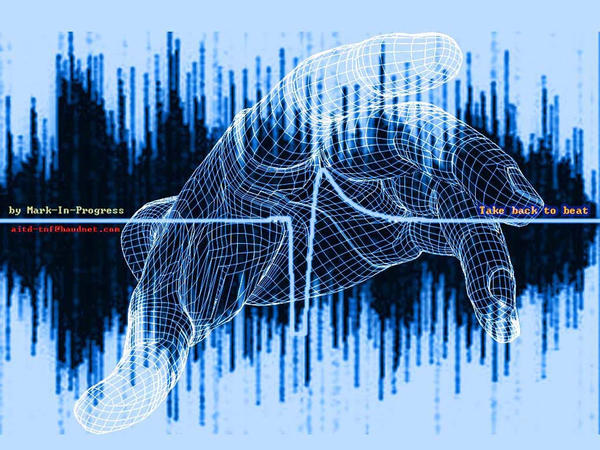No, that isn’t a typo.
I refer to the late great Vladimir Propp, who had the fascinating idea of classifying plot elements in the same way Linnaeus classified plant life.
His work focussed on the Russian folktale, which he boiled down into 31 plot elements or ‘narratemes’ – not necessarily all present in any one tale, but generally occurring in the same order.
To see what I mean, and have a bit of fun, try this Russian Folktale Generator – you select the narratemes you’d like to include, and the programme comes up with a (varyingly) specific example, forming your very own folktale.
This leads me to my next point, because (as you will know once you’ve tried it) the programme may have some great plot ideas – I particularly liked the trail of blood – but great storyteller it ain’t.
So much of writing isn’t the story, after all – it’s how you tell the story. There are a limited number of plots in the world, so we have a fairly good idea what’s going to happen, but we want to know how. Or, in the case of writers like Agatha Christie and P.G. Wodehouse, we may even have an inkling howdunnit (or whodunnit), but we go along for the ride anyway because of the telling. Because of the voice.

Like fingerprints, no two voice prints are the same.
And this is why it is important for a writer to have their own voice (even if it includes myriad subordinate clauses and sentences that start with the word ‘and’). Which leads us neatly around to the subject of Chapter Two in the Artist’s Way – recovering a sense of identity.
To be sure, Julia Cameron is thinking more along the lines of recovering your identity as a writer, but there is also the element of recovering your identity as this writer.
Like the Walrus and his Bukkit, I am happy to have my writer’s voice back – it’s been away and I missed it.
But to return to Propp, leaving Chapter Two for another post:
as well as the 31 narratemes, such as LACK (They took my bukkit!) and BEGINNING COUNTER-ACTION (have you seen my bukkit?) Propp classified 8 character types found in these tales.
These include the hero (our friend the lolrus), the villain (obviously, whoever took the bukkit) and the princess and her father, who, Propp notes, are functionally the same – the sought-after one. (They are the bukkit.)
Now, while I don’t suggest that all stories could or should fit the Russian Folktale structure (bukkits aside), it can be very helpful in sparking new ideas for a saggy plot.
Of course! you cry. Where are the helpers who aid the search for the bukkit?
What – or who – sends my hero off on their journey? Where’s the showdown with the villain? The pursuit with the prize? What false hero tries to purloin the hard-earned reward? What’s a walrus got to do to get his bukkit back? And so on and so forth.
And if all else fails in your attempt to dig yourself out of a plot bog, follow a blood trail – see where it leads.



